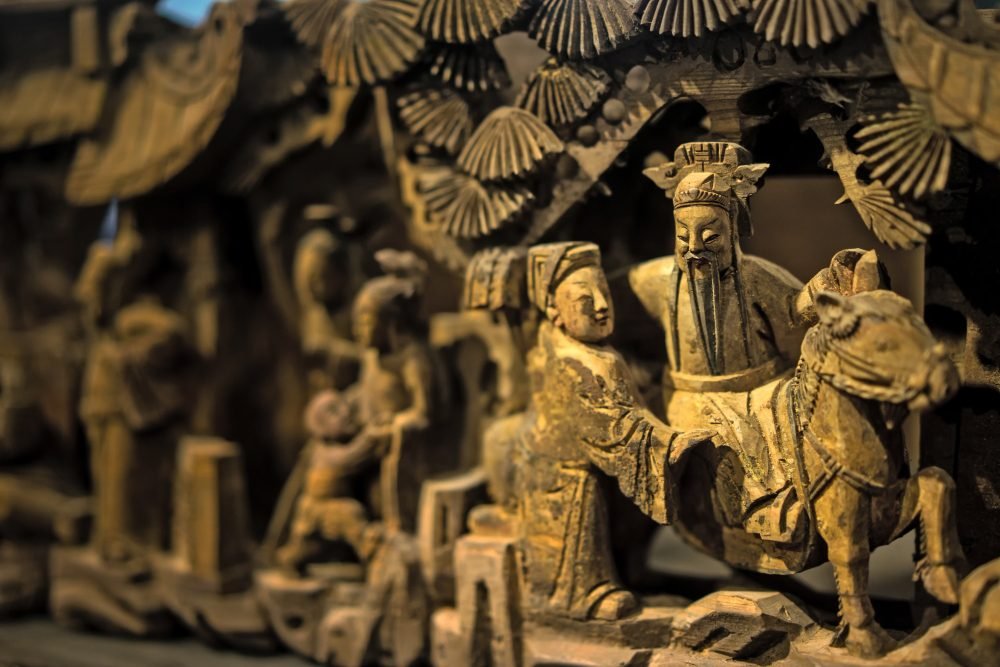When planning a spray painting project for an office space, it’s essential to consider how weather conditions can significantly affect the outcome. Factors such as temperature, humidity, and even wind can influence the drying time, adhesion, and overall quality of the paint. Understanding these impacts can help you achieve the best results, whether you are hiring commercial painters in Calgary or considering a residential painting project in Calgary. At Sidhu Painting and Decorating Ltd, we strive to provide the highest quality service tailored to the unique needs of our clients.
1. Temperature Matters
a. Ideal Temperature Ranges
For optimal results, the temperature during spray painting projects should typically be between 50°F and 85°F (10°C to 30°C). When temperatures fall below this range, several issues can arise:
- Increased Drying Time: Low temperatures can slow down the evaporation of solvents in the paint, resulting in longer drying times. This can lead to dust and debris settling on the wet surface, which compromises the finish.
- Poor Adhesion: When surfaces are too cold, paint may not adhere properly. This can lead to peeling or flaking in the future, especially in areas exposed to moisture.
On the other hand, when temperatures rise above the ideal range, the paint can dry too quickly, leading to a condition known as “dry spray,” where the paint particles dry before they reach the surface. This can create a rough texture and affect the overall appearance.
b. How to Manage Temperature Issues
If you find yourself facing adverse temperature conditions, consider the following tips:
- Schedule Wisely: Plan your spray painting projects during the milder parts of the day, typically in the morning or late afternoon. This can help you avoid extreme heat or cold.
- Use Heaters or Fans: If temperatures are low, using portable heaters can help raise the temperature of the area being painted. Conversely, if it’s too hot, setting up fans can create airflow and help moderate the temperature.
2. The Role of Humidity
a. Impact of High Humidity
Humidity levels can have a profound effect on spray painting projects. Ideally, relative humidity should be below 70% during painting. High humidity can lead to several problems:
- Extended Drying Times: High humidity can slow the drying process, making it difficult for paint to cure properly. This can result in smudging or the formation of bubbles in the paint.
- Mildew Growth: In damp environments, the risk of mildew and mold growth increases. This can lead to unpleasant odors and compromise the integrity of the paint.
b. Effects of Low Humidity
While low humidity can sometimes be beneficial, it can also present challenges:
- Quick Drying: Paint can dry too quickly in low humidity, making it challenging to achieve a smooth finish.
- Cracking and Flaking: Rapid drying can lead to cracking or flaking, particularly in thicker applications.
c. Tips for Managing Humidity Levels
Here are some strategies to mitigate humidity-related issues during your spray painting projects:
- Use a Hygrometer: Invest in a hygrometer to monitor humidity levels before and during the painting process.
- Dehumidifiers: If high humidity is an issue, consider using dehumidifiers to help control moisture levels in the painting area.
3. Wind and Outdoor Conditions
For exterior painting in Calgary, wind is another crucial factor to consider. Wind can cause paint to dry unevenly and lead to overspray, which may affect surrounding areas.
a. How Wind Affects Spray Painting
- Overspray Issues: Wind can carry paint away from the intended surface, resulting in an uneven application and wasted materials.
- Surface Drying: Wind can also cause the surface to dry too quickly, leading to the same problems associated with high temperatures.
b. Recommendations for Windy Conditions
To avoid issues related to wind, consider these tips:
- Choose Calm Days: Try to schedule your painting projects on days when the wind is calm.
- Use Windbreaks: Set up temporary windbreaks to help protect the area you’re working on from gusts.
4. Seasonal Considerations
In Calgary, the weather can vary significantly throughout the year, affecting your painting project’s timeline and approach.
a. Winter Challenges
Cold temperatures and snow can pose significant challenges for painting projects during winter months:
- Surface Preparation: It can be difficult to prepare surfaces adequately in cold, damp conditions.
- Paint Selection: Choosing the right paint is critical. Specialty paints designed for low temperatures may be necessary.
b. Summer Considerations
While summer can provide ideal painting conditions, it can also bring heat waves:
- Heat Management: Ensure that your team is hydrated and takes regular breaks to avoid heat-related issues.
- Paint Selection: Select paints designed to withstand higher temperatures and rapid drying.
Conclusion
Weather plays a pivotal role in the success of spray painting projects in office spaces. Understanding how temperature, humidity, and wind can affect the painting process is crucial for achieving the desired results. Whether you’re looking for commercial painters in Calgary for your office or considering residential painting in Calgary, always consult with experienced professionals like Sidhu Painting and Decorating Ltd. We can provide expert guidance on timing, material selection, and techniques to ensure your project meets your expectations, regardless of the weather conditions.










































































































































































































































































































































































































































































































































































































































































































































































































































































































































































































































